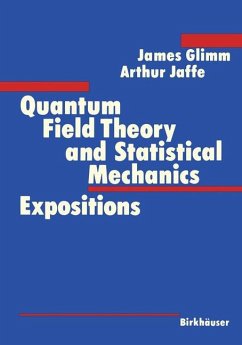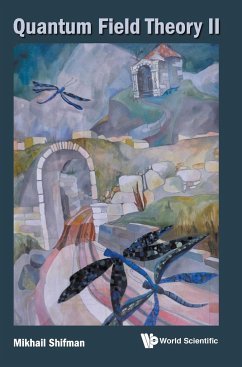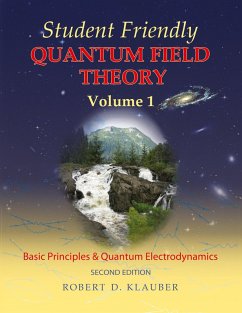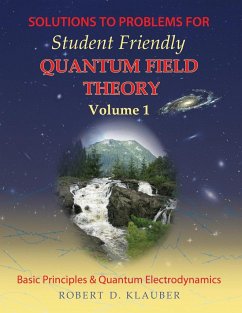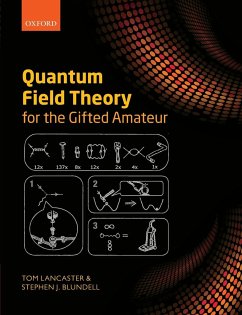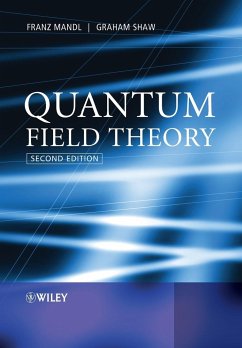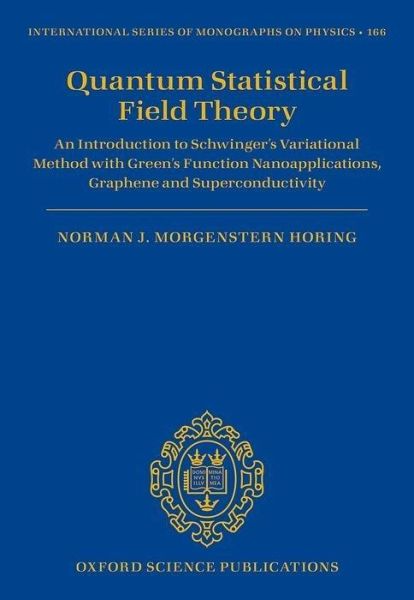
Quantum Statistical Field Theory

PAYBACK Punkte
58 °P sammeln!
This book provides an introduction to the methods of coupled quantum statistical field theory and Green's functions. The methods of coupled quantum field theory have played a major role in the extensive development of nonrelativistic quantum many-particle theory and condensed matter physics. This introduction to the subject is intended to facilitate delivery of the material in an easily digestible form to advanced undergraduate physics majors at a relatively early stage of their scientific development. The main mechanism to accomplish this is the early introduction of variational calculus and ...
This book provides an introduction to the methods of coupled quantum statistical field theory and Green's functions. The methods of coupled quantum field theory have played a major role in the extensive development of nonrelativistic quantum many-particle theory and condensed matter physics. This introduction to the subject is intended to facilitate delivery of the material in an easily digestible form to advanced undergraduate physics majors at a relatively early stage of their scientific development. The main mechanism to accomplish this is the early introduction of variational calculus and the Schwinger Action Principle, accompanied by Green's functions. Important achievements of the theory in condensed matter and quantum statistical physics are reviewed in detail to help develop research capability. These include the derivation of coupled field Green's function equations-of-motion for a model electron-hole-phonon system, extensive discussions of retarded, thermodynamic and nonequilibrium Green's functions and their associated spectral representations and approximation procedures. Phenomenology emerging in these discussions include quantum plasma dynamic-nonlocal-screening, plasmons, polaritons, linear electromagnetic response, excitons, polarons, phonons, magnetic Landau quantization, van der Waals interactions, chemisorption, etc. Considerable attention is also given to low dimensional and nanostructured systems, including quantum wells, wires, dots and superlattices, as well as materials having exceptional conduction properties such as Superconductors, Superfluids and Graphene.




